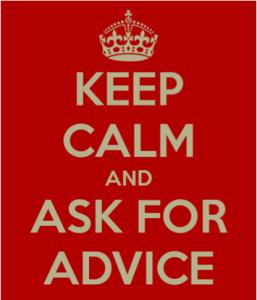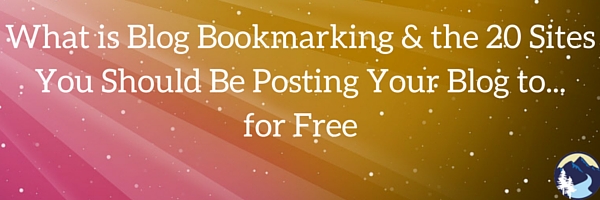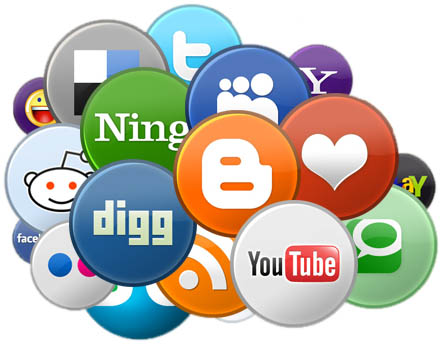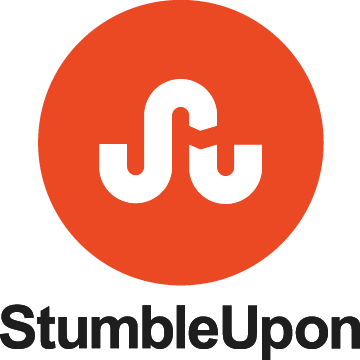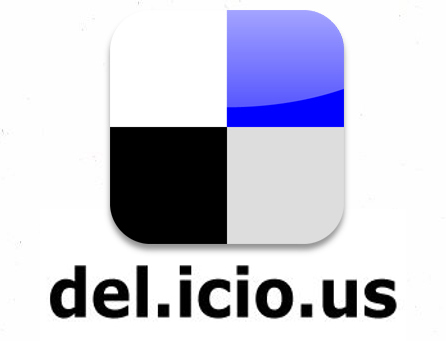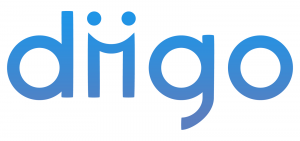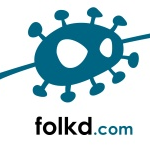Social media groups are an untapped goldmine of potential for marketers, which is why I’m shocked when people reveal they seldom (or never) utilize them. Think about it — groups are a free avenue for people with similar interests to share relevant information to a hypertailored audience without newsfeed algorithms minimizing their reach. The last part of the sentence is huge. Make sure you hear it again. Share relevant information to a hypertailored audience without newsfeed algorithms minimizing their reach. It’s the content marketers dream!
The benefit of groups extend far beyond more efficient content marketing. Below are some benefits of consistent group involvement, followed by tips to finding the best groups and utilizing group engagement to your advantage.
Benefits of Social Media Groups
- Establish yourself as an industry leader. By regularly posting insights and great content, you’ll be seen by your peers as an industry leader. And industry leaders see their business thrive.
- Reach new audiences. Posting in groups can spread your company’s name and content to an audience otherwise unfamiliar with you.
- Find new professionals to network with. With professional groups, you’ll be
 exposed to a wide range of professionals you otherwise might not come into contact with. When they interact with your post, you can send them a friendly message to connect and discuss the topic further. It’s a more personable way to acquire new connections across cyberspace.
exposed to a wide range of professionals you otherwise might not come into contact with. When they interact with your post, you can send them a friendly message to connect and discuss the topic further. It’s a more personable way to acquire new connections across cyberspace. - Drive traffic to your website. You can post (relevant) pieces of content in groups. Members who click on the post will be directed to your website, giving you the opportunity to grow website visits.
- Audience insight. Join groups tailored to your target audience and get a glimpse into their interests, needs, and common questions.
- Learn from your experienced peers. Group members share insights, and you can learn a lot by reading through fellow members’ posts.
- Access to job postings. In many LinkedIn groups, members post job openings relevant to the group’s demographics. These posting may not be highly visible elsewhere and the job poster may remember you from your insightful posts.
Finding Social Media Groups
When it comes to group engagement, quality is more important than quantity. It’s better to engage consistently with five or so groups than infrequently with several. You can find groups in several ways:
- Use the discover function. For LinkedIn, click “interests” then “groups” then
 “discover” to bring up suggested groups. For Facebook, go to this link https://www.facebook.com/groups/ and click “discover”. You’ll see groups joined by your friends, local groups, and groups centered around a topic.
“discover” to bring up suggested groups. For Facebook, go to this link https://www.facebook.com/groups/ and click “discover”. You’ll see groups joined by your friends, local groups, and groups centered around a topic. - Search based on industry related keywords (like “social media marketing”).
- Search based on groups you’re a part of in the offline world (university alumni organizations, professional organizations, etc.)
- Search based on location (“small business groups in Seattle”).
- Search based on your job position (“small business owners,” “graphic designers,” etc.).
- Search for audience tailored groups. If you sell baby products, join parenting groups. If you sell backpacking tours, join backpacking enthusiast groups. Think about where your audience is, and make sure you are there too.
- Search for post-event groups. After a large networking event, it’s common for a social media group to be created to connect participants together.
- Ask your connections which groups they are a part of that they’d recommend.
- Sort through the Linkedin group directory https://www.linkedin.com/directory/groups/
Group Best Practices
- Before you post, get to know the group’s tone. Do people post in a formal or casual style? Are successful posts often questions or pieces of advice? Are post lengths typically short, medium, or long?
 When posting in audience tailored groups, provide how-to articles, guides, and other pieces of information packed content. That’s the information they are looking for in these groups, and it will build your reputation in the groups as a leader.
When posting in audience tailored groups, provide how-to articles, guides, and other pieces of information packed content. That’s the information they are looking for in these groups, and it will build your reputation in the groups as a leader.- Focus on providing value rather than self-promotion and sales. Strive to meet the needs of those in the group, which will translate into quality connections and awareness of your organization that can lead to sales.
- If someone comments on your post, you can send them a message stating you appreciated their insight and would like to discuss the subject more. It’s a more personable way to network.
- Ask thought-provoking questions and reply to people’s answers.
- Once you get the feel of group posting, consider starting your own group. It’ll really show off your position as industry leader.
Engagement in groups is just one of the many tactics employed in successful social media marketing. If you want an engaged social media presence, but lack the time or expertise to make that a reality, reach out to Alpine Small Business Solutions today! We’d love to assist you with social media marketing or any aspect of small business building.




 The idea of the comfort zone dates back to 1908, with a classic psychology experiment by Robert M. Yerkes and John D. Dodson. They found that a state of relative comfort created a steady level of performance.
The idea of the comfort zone dates back to 1908, with a classic psychology experiment by Robert M. Yerkes and John D. Dodson. They found that a state of relative comfort created a steady level of performance. So we learned that optimal anxiety is that place where your mental productivity and performance reach their peak. What’s the incentive to pushing ourselves to that next level? Here is what you get once you’re able to step outside of your comfort zone:
So we learned that optimal anxiety is that place where your mental productivity and performance reach their peak. What’s the incentive to pushing ourselves to that next level? Here is what you get once you’re able to step outside of your comfort zone: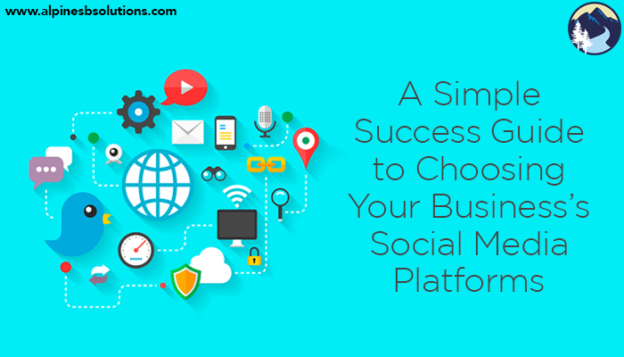

 Twitter is a great tool to direct individuals to your website. In this way you can think of Twitter and your website like a news story. The headline and the lead are the Twitter post: it draws you in and provides just enough information you know what you’ll be reading about. The body of the article is your website post: the substance and entirety of what you want your audience to read. While posts can be great at directing individuals to your site, not every post needs to. Some posts can be a short story or message in of themselves.
Twitter is a great tool to direct individuals to your website. In this way you can think of Twitter and your website like a news story. The headline and the lead are the Twitter post: it draws you in and provides just enough information you know what you’ll be reading about. The body of the article is your website post: the substance and entirety of what you want your audience to read. While posts can be great at directing individuals to your site, not every post needs to. Some posts can be a short story or message in of themselves.  Linkedin is great for increasing brand awareness and acquisition. Individuals can publish articles on
Linkedin is great for increasing brand awareness and acquisition. Individuals can publish articles on  Marketers post content to help boost their SEO. Oftentimes marketers strapped for time post their Facebook posts on
Marketers post content to help boost their SEO. Oftentimes marketers strapped for time post their Facebook posts on  Creating engaging videos is a great way to turn out shareable content, engage audiences, and improve SEO.
Creating engaging videos is a great way to turn out shareable content, engage audiences, and improve SEO.  Like Twitter,
Like Twitter, 
 you avoid too many keywords (which can make your profile a dry read). You really want to think about what your audience is looking for and write for that. Answer those questions, and use those words. Utilize a few strategies to establish the best keywords for you. First, brainstorm words and phrases likely to be searched by the individuals you want viewing your profile. Second, read through profiles of leaders in your target markets to find common keywords they use. Third, examine keywords used in job postings by your target employers. Integrate these keywords throughout your profile, from your specialties section to your link descriptions.
you avoid too many keywords (which can make your profile a dry read). You really want to think about what your audience is looking for and write for that. Answer those questions, and use those words. Utilize a few strategies to establish the best keywords for you. First, brainstorm words and phrases likely to be searched by the individuals you want viewing your profile. Second, read through profiles of leaders in your target markets to find common keywords they use. Third, examine keywords used in job postings by your target employers. Integrate these keywords throughout your profile, from your specialties section to your link descriptions.
 Why is cohesion of core values so important? First imagine what happens when conflicting values are at play. Employees who value efficiency over relationship building won’t engage authentically when a boss encourages small talk among the team. A company that values timeliness will encounter conflict with an employee who sees deadlines as suggestions. Employees utilizing different values when handling
Why is cohesion of core values so important? First imagine what happens when conflicting values are at play. Employees who value efficiency over relationship building won’t engage authentically when a boss encourages small talk among the team. A company that values timeliness will encounter conflict with an employee who sees deadlines as suggestions. Employees utilizing different values when handling  This is the writing the recipe stage, where you’re figuring out what you want the end result to look like. Explicitly stating the core values is the guiding direction to the authenticity and trust in a
This is the writing the recipe stage, where you’re figuring out what you want the end result to look like. Explicitly stating the core values is the guiding direction to the authenticity and trust in a  This is the stirring, mixing, pouring, and heating of the brownie batter stage. Here are several steps you can take to reinforce values in your organization:
This is the stirring, mixing, pouring, and heating of the brownie batter stage. Here are several steps you can take to reinforce values in your organization: Focus on the process, not just the results. Bosses who narrowly focus on results don’t care how it gets done, just that it does get done. Employees internalize this mentality and will often lose sight of company values (learning and improving one’s work, positive collaboration with team members, etc.) while they work for the results. As much as possible, reinforce values in your employees’
Focus on the process, not just the results. Bosses who narrowly focus on results don’t care how it gets done, just that it does get done. Employees internalize this mentality and will often lose sight of company values (learning and improving one’s work, positive collaboration with team members, etc.) while they work for the results. As much as possible, reinforce values in your employees’ 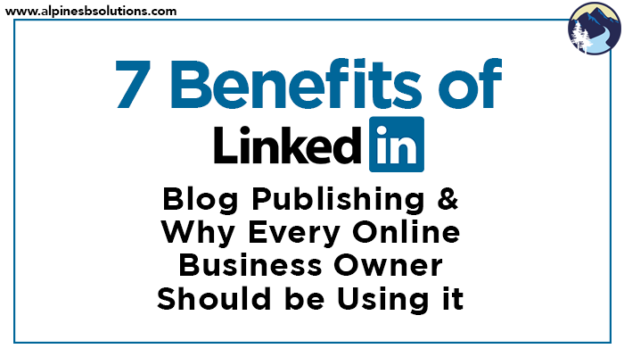
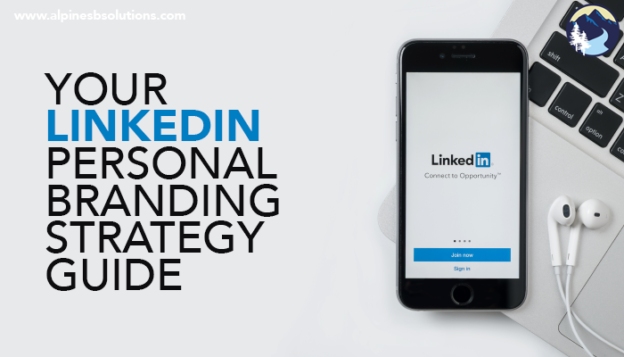
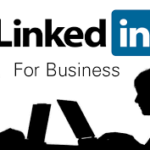 As an entrepreneur, you are already stretched pretty thin. I get it! The last thing you want is another item on your to-do list. Fortunately, this one really does only take a few minutes a day. If you need to, download the LinkedIn app on your phone so you can update it while waiting in line at the grocery store or during your commute.
As an entrepreneur, you are already stretched pretty thin. I get it! The last thing you want is another item on your to-do list. Fortunately, this one really does only take a few minutes a day. If you need to, download the LinkedIn app on your phone so you can update it while waiting in line at the grocery store or during your commute. At some point each week, make sure you are completing the following tasks.
At some point each week, make sure you are completing the following tasks. Each month, take the time to accomplish the following tasks.
Each month, take the time to accomplish the following tasks. Each quarter, take time to comb over your profile and make any necessary tweaks.
Each quarter, take time to comb over your profile and make any necessary tweaks.
